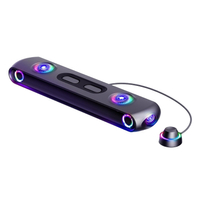I tried the OXS Thunder Pro soundbar for a month, and now I’m ditching my pro studio speakers
Audiophiles, avert your eyes now
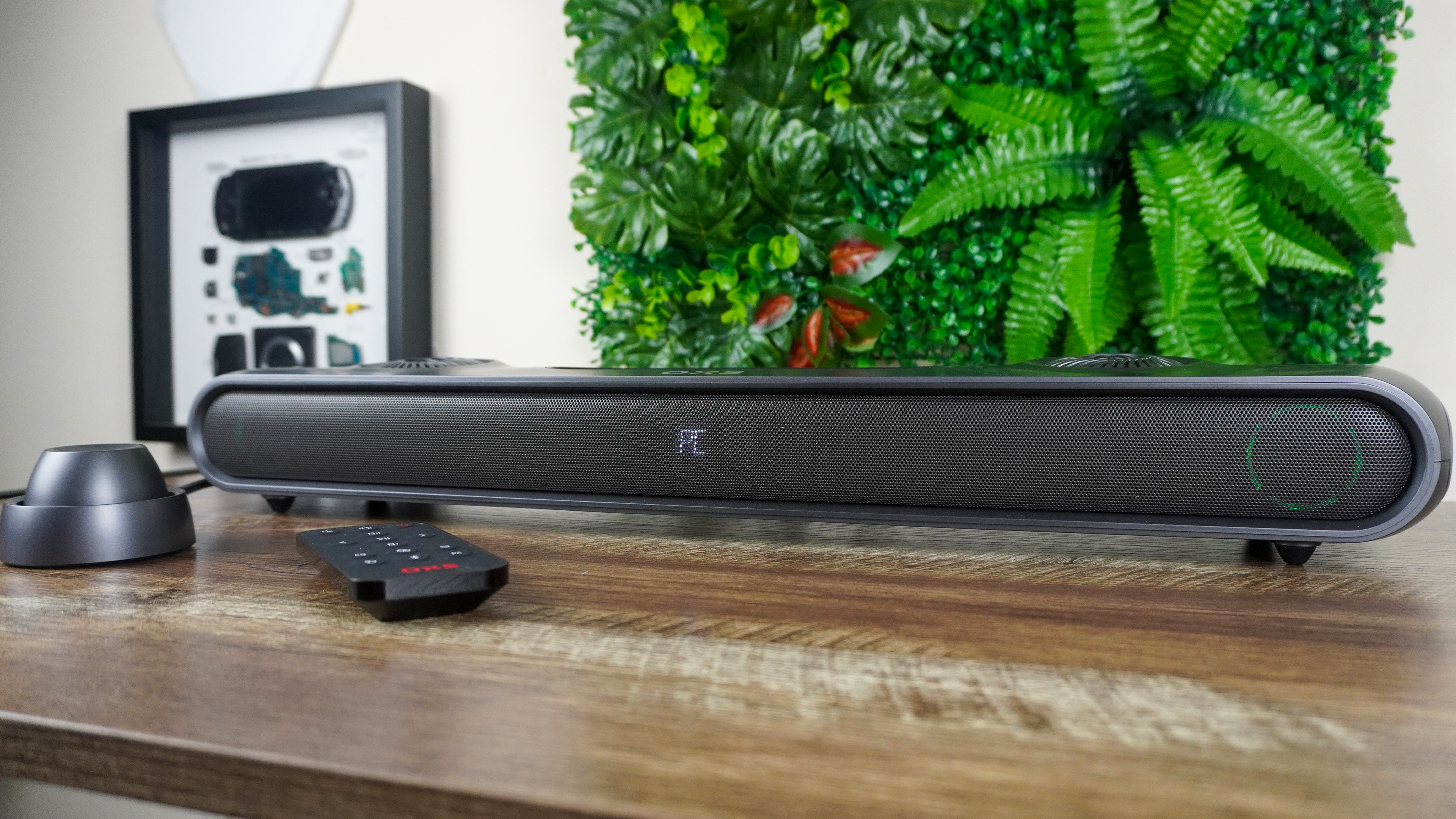
My journey to find the perfect PC speakers has been quite the odyssey. Not to really ruffle the feathers of sound aficionados out there, but this journey has reached its ultimate conclusion — saying “goodbye” to my studio monitors and warmly welcoming a soundbar onto my desk.
For context, I have three key requirements for any audio setup:
- Be great for listening to my vast (and rather varied) playlist of hip-hop, drum and bass, metal and classical music while working
- Form an immersive soundstage for my many hours of gaming
- Still give me a studio monitor-esque quality for when I want to produce my own tunes
It’s a hugely varied list, and when it comes to each of these crucial use cases, I’ve come to terms with the fact that I’ll never find one solution that is perfect at all three. Each one requires a specific kind of tuning for perfection, so I needed an option that does each of these just well enough.
And I can safely say that after trying many speaker systems, I’ve gone through my Goldilocks era and found the option that’s just right for me — the $500 OXS Thunder Pro soundbar. Allow me to explain why.
OXS Thunder Pro Gaming Soundbar: was $599 now $499 @ Amazon with code THUNDER100
At $100 off, OXS’ latest soundbar provides impressive 5.1.2 surround sound with nice versatility across the entire scape — alongside a great range of connectivity from your simple 3.5mm, Aux in, HDMI, USB-A and C. And you can get all of this in a small, svelte package with all the RGB goodness.
Lighting up a soundstage

Let’s talk about gaming and general listening. In my experience, two things are needed to nail these collectively — a diverse soundstage of highs, mids and lows, and the spatial quality to surround a listener.
For a while, my answer to this has been the Ruark MR1 MK2 speakers, with its upmarket premium looks and (frankly) surprisingly gorgeous soundscape. I say surprising because without a subwoofer, there is a real thump added to the bass production that doesn’t intrude on the mids and highs.
However, with very minimal sound manipulation outside of volume, you’re limited to Ruark’s tuning — nowhere near flat enough for audio editing — and the I/O is rather limited to 3.5mm audio, Bluetooth or Optical.
Sign up to get the BEST of Tom's Guide direct to your inbox.
Get instant access to breaking news, the hottest reviews, great deals and helpful tips.
Step forward, OXS, who packs a 40W subwoofer, 2x up-firing, 2x front-firing, and 2 side-surrounding speakers into a 24-inch package. This means it can achieve Dolby Atmos levels of surround sound structure, which is further improved by the horn structures of the cones for a clearer definition to finer tones.
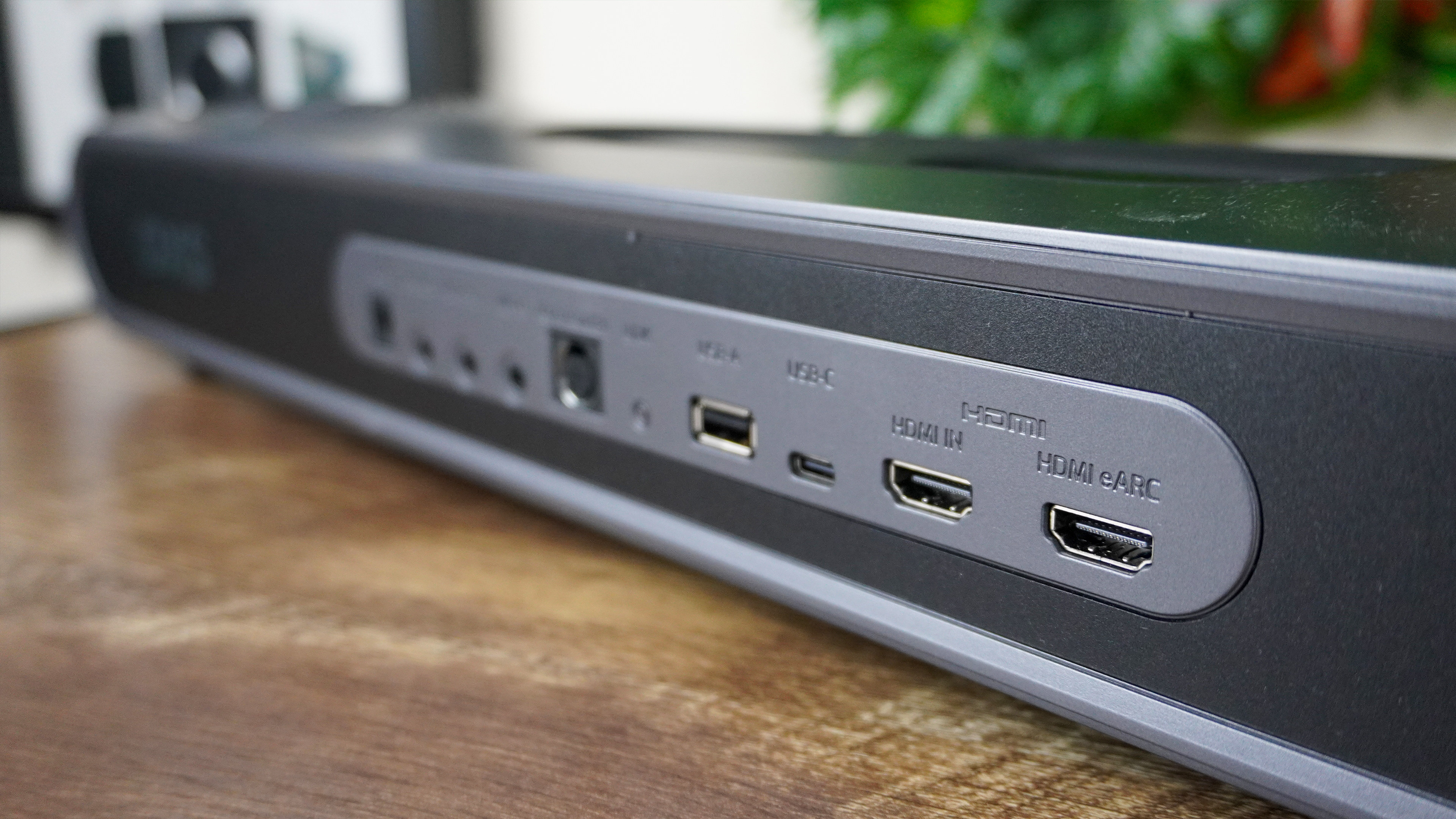
Oh, and on the connectivity front, you may not be getting that Optical Audio out here, but with HDMI and HDMI eARC ports (at a HDMI 2.1 standard for full 4K 120Hz), USB-A, USB-C and your aux cord ports, this fits into any setup with the greatest of ease.
On top of this, the dial controller is fantastic for desk use and the remote means if you wanted to plug this into a TV, you’ve got the means to manipulate it from the couch. Superior sound and a night and day difference in connectivity saw the sun set on my Ruarks.
Flattening things out

But what about the audio editing part of this? When producing a new idea in Logic Pro, I did appreciate the flatter profile of my older Yamaha HS5 speakers to establish a cleaner mastering process with a neutral soundscape.
Of course, they didn’t really turn out to be good for other listening uses because of the tuning specific to this purpose, but OXS manages to give me just enough of a sound neutrality to reveal true sound.
Now let me be clear. That’s not to say the Thunder Pro achieves that same level of absolute clarity that a studio monitor can. Certain nuances to the way the latter’s hardware is customized will make it the better choice for this purpose. But once again, I’m not looking for the cream of the crop in one specialty — I want something that can do it all.
With a 75Hz - 20kHz range, OXS’ bar doesn’t go as low or high as my Yamahas, but it gets close enough in what I create to present a decent representation of the sound spectrum. Add to that the MOBA Mode and you’re onto an editing winner.
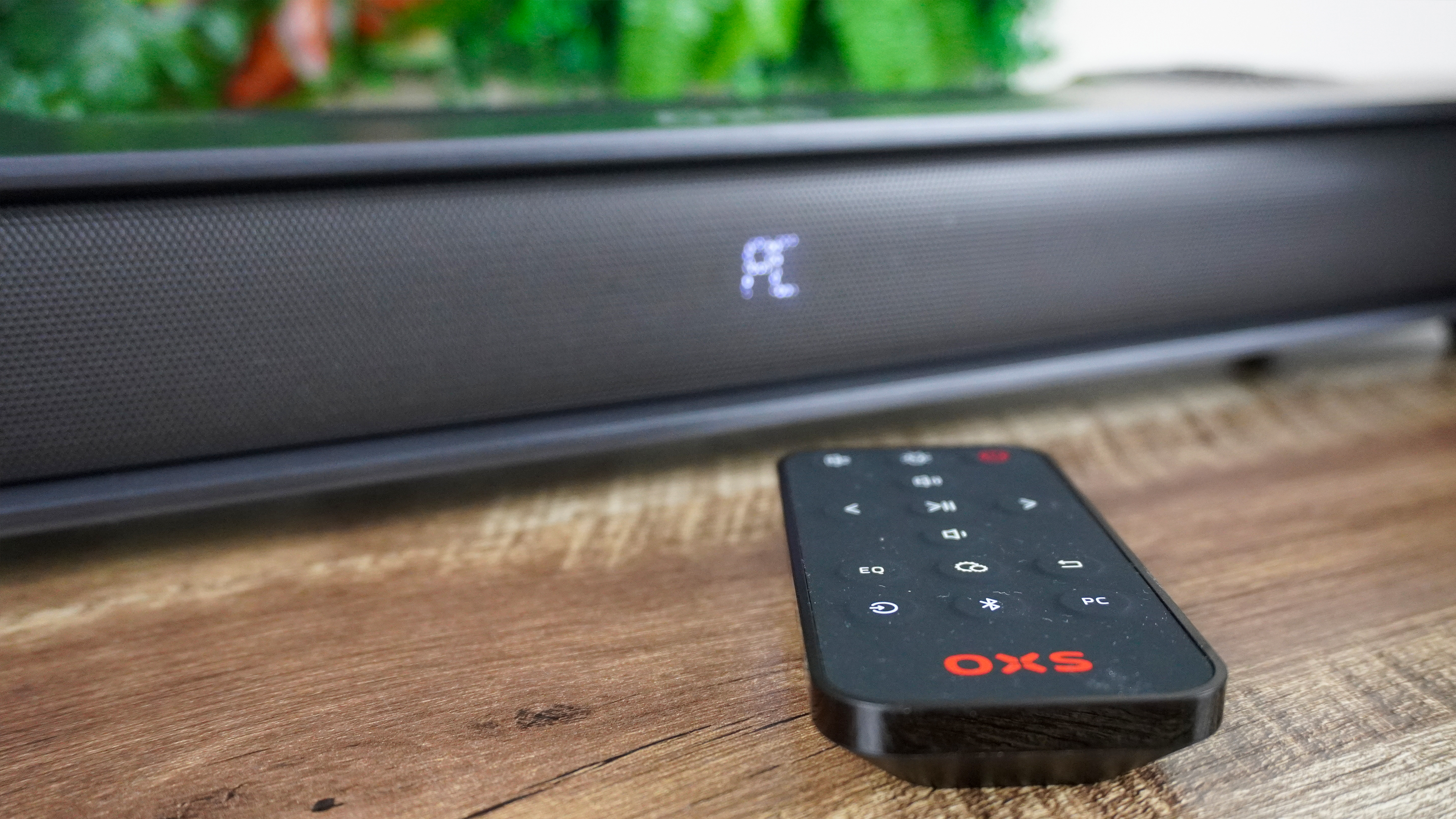
What’s MOBA you ask? Well, it’s actually one of the game audio modes that “enhances team communication.” There’s an FPS mode that seems to turn lows and highs up to max for that explosive oomph (at the sacrifice of mids), whereas throaty engine noises are brought out in RAC racing mode by giving mids a greater definition.
However, in draining the lows of its wallop to favor the crystallization of team chat in MOBA mode, the company has stumbled across a mode that allowed me to tweak my creations with the confidence I’m getting a neutral-ish representation of all instruments.
Reclaiming desk space
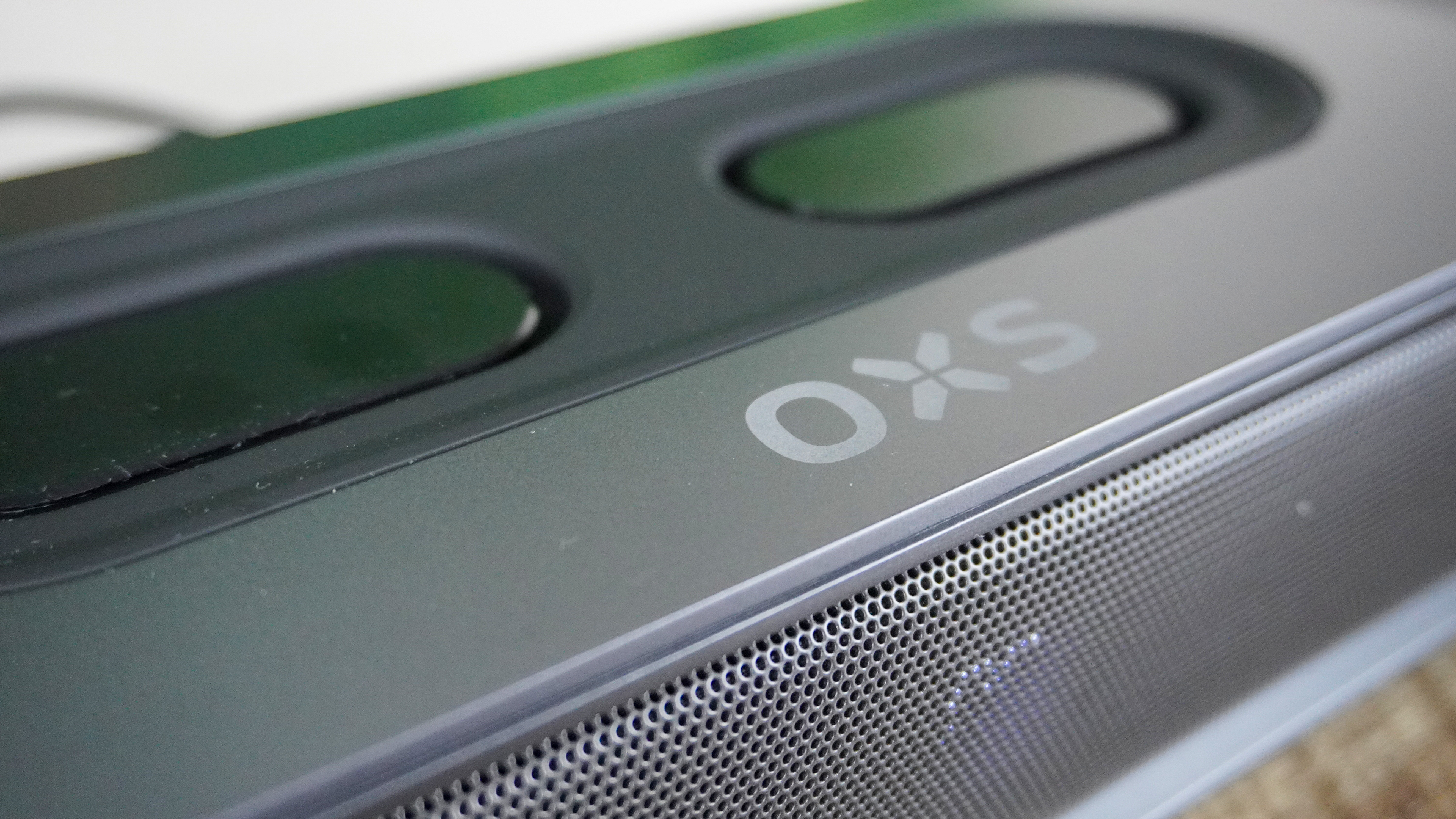
Don’t get it twisted. If you are a pro/enthusiast-tier music creator with a mensa-level knowhow of sound definition, and you’re looking for speakers to complement this workload, do not buy the OXS Thunder Pro — you have been warned. That’s not to bad-mouth what this is capable of for the price, but one is a professional studio monitor and the other is a soundbar that just so happens to have a monitor-esque mode.
But if you’re a general hobbyist with a headfull of song ideas like me, and you want something that is good enough at giving you an accurate representation of your compositions to edit while also being a great surround sound option for gaming, this soundbar is a great way to go.
Especially so, given how much desk space it has returned to me after having two giant speakers adorn each side of my surface. Having this returned to me has been a Godsend in terms of providing a space to stash my laptop when connected to a docking station or a wider expanse for a desk pad with wireless charging (but that’s for another article).
So it’s not you, it’s me, my dear sweet HS5s and MR1 MKIIs. Whether it's for gaming long into the night, firing up my spatial tunes while working or fiddling with the finer elements of a song I’m producing on Logic Pro, the Thunder Pro gives me all I need in a compact shell.
More from Tom's Guide

Jason brings a decade of tech and gaming journalism experience to his role as a Managing Editor of Computing at Tom's Guide. He has previously written for Laptop Mag, Tom's Hardware, Kotaku, Stuff and BBC Science Focus. In his spare time, you'll find Jason looking for good dogs to pet or thinking about eating pizza if he isn't already.
